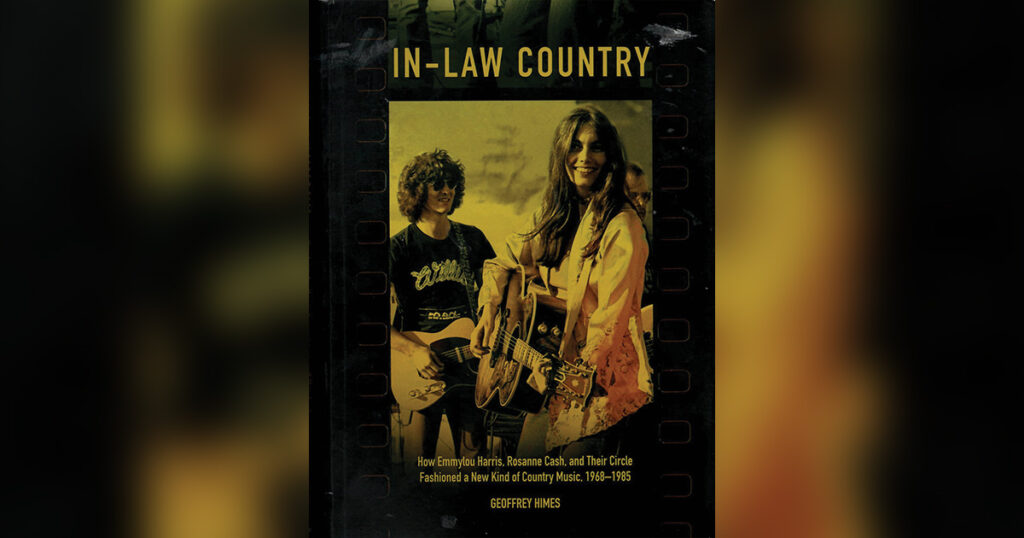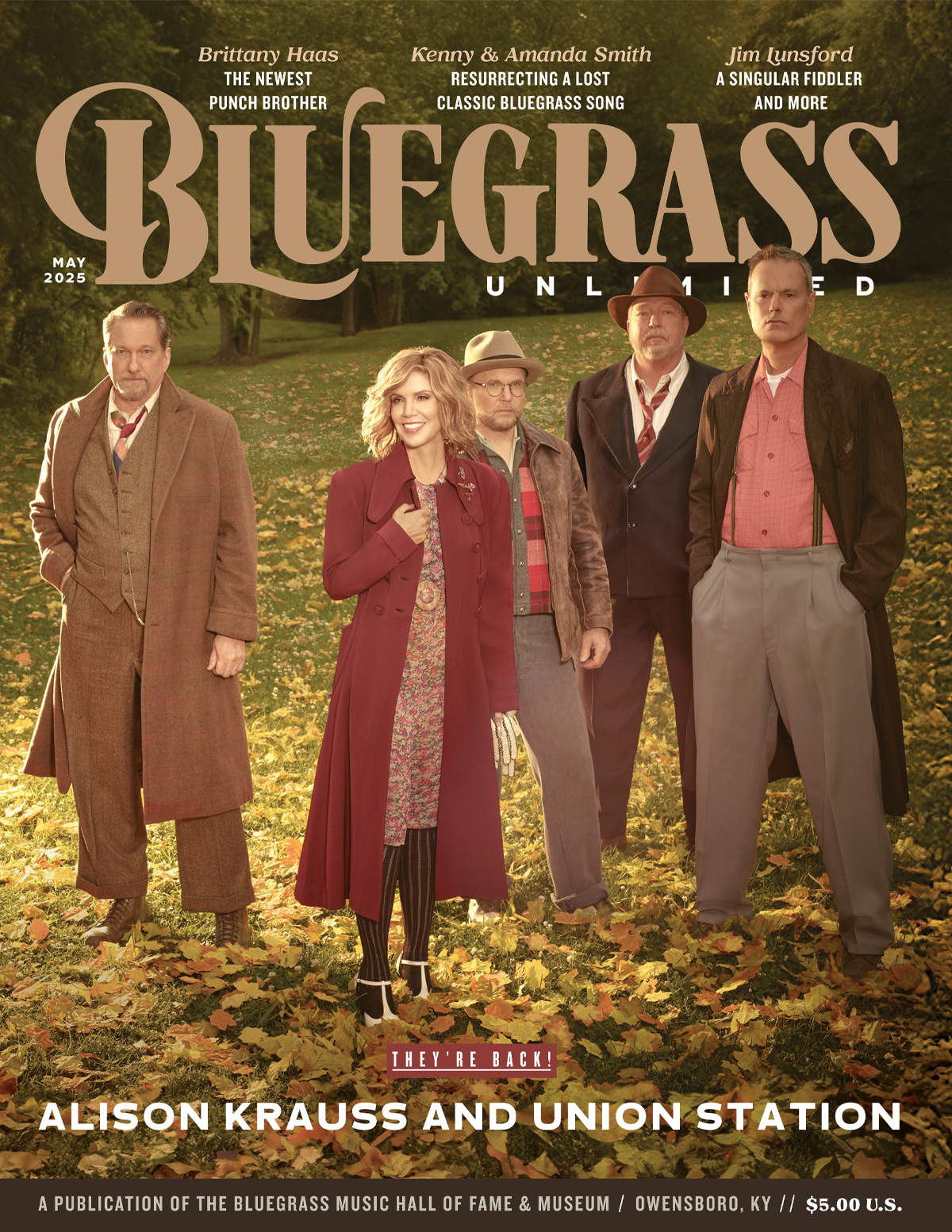In-Law Country: How Emmylou Harris, Rosanne Cash, and their Circle Fashioned a New Kind of Country Music, 1968-1985
Country Music Foundation Press, 2024
Geoffrey Himes has written about music for the Washington Post, Smithsonian magazine, Rolling Stone, the New York Times, Jazz Times, and Sing Out since the late 1970s, as well as a book about Bruce Springsteen. He was a contributing editor at No Depression from the late 1990s through the early 2000s, and his articles have appeared in Paste since 2004. His latest book, In-Law Country, volume 1 of 2, reads like a festival campfire story told by someone who has been to the concerts, hung out backstage, studied the lyrics and credits in the liner notes on all the albums, and interviewed the artists profiled many times—because he has. Himes plays the English language like Doc Watson played the guitar, with a unique flair for word choice and an opinionated, music critic’s ear.
Content is carefully selected like canned goods on a long shelf of interview notes, articles, photos, and memories. You may or may not agree with Himes’s assertion that a previously unrecognized and unlabeled stream of country music, “In-Law Country,” needs to take its place on the map next to old-time music, Western swing, honky-tonk, bluegrass, rockabilly, the Nashville Sound, the Urban Cowboys, Outlaw music, and bro-country. But whether the Country Music Hall of Fame is convinced to add a wing to their museum for the In-Laws or not, Himes makes a compelling argument, and his deft depiction of the influential musicians, singers, songwriters, and producers who topped the charts during this era will be enjoyable for more-than-casual country fans.
“In-Law” was coined because so many of the folks involved played and sang on each other’s records and tours, and they married into each other’s families. Stop and remember what country radio sounded like from 1968-1985: the exquisitely unique music of Emmylou Harris, Gram Parsons, Brian Ahern, Rodney Crowell, Ricky Skaggs, Patty Loveless, Emory Gordy Jr., Tony Brown, Roseanne Cash, Steve Earle, Lyle Lovett, Nanci Griffith, the Whites, Kathy Mattea, John Leventhal, Vince Gill, Mary Chapin Carpenter, Marty Stuart, the Desert Rose Band, Susanna and Guy Clark, Townes Van Zandt, Tom T Hall, and Keith Whitely, among others. Wild Rose could have been included, and don’t forget songs from New Grass Revival, the Ozark Mountain Daredevils, and the Emmylou/Ronstadt/Parton Trio albums.
Chapters are named for song titles with release years noted, beginning with Roseanne Cash’s “Ain’t No Money,” written by Rodney Crowell, and ending with “Ballad of Sally Rose,” written by Emmylou Harris and Paul Kennerly. The In-Laws planted and harvested their new country music gardens with roots in the music of the Carter Family, Johnny Cash, Bill Monroe, Flatt & Scruggs, the Stanley Brothers, folk music (the original and the boom variety), Bob Dylan, the Byrds, the Dillards, Dolly Parton, Loretta Lynn, and the Beatles.
In-Law music sounded different from the Outlaws. Acoustic guitar, mandolin, and fiddle were equal in the mix with electric guitar and bass, steel guitar, and drums (minus clashing cymbals). Artists recorded their own and their friends’ songs. The changing role of women in society found its way into lyrics. Road musicians played on albums. Songs were about trying to make two-income marriages work, rather than dwelling on first romance. “This was marriage music about a new kind of marriage: where the woman was not a subservient sidekick, but an equal partner, someone with her own ambitions, her own ideas, her own needs,” Himes writes. “These weren’t songs about leaving marriages behind, but about changing them so they worked for both parties.”
If you’re old enough, reading this book will remind you how lucky you were to be alive and listening to music during this time. If you’re younger, have some fun discovering in In-Laws for yourself. Black and white photos sprinkled generously through the book are good, and there will be stories you haven’t heard before—unless you were hanging around backstage with Geoffrey Himes during interviews. It’s not all bluegrass, obviously. But the high lonesome vocal harmony stack, the artistry of skilled musicians (like Roland and Clarence White, Ricky Skaggs, Buck White, Chris Hillman, and Herb Pedersen), the instruments, and the backbone of the genre’s song catalog, are all strong, essential threads used to weave the In-Law country tapestry. Recommended.
Share this article
1 Comment
Leave a Comment Cancel Reply
This site uses Akismet to reduce spam. Learn how your comment data is processed.


Gonna have to have it!